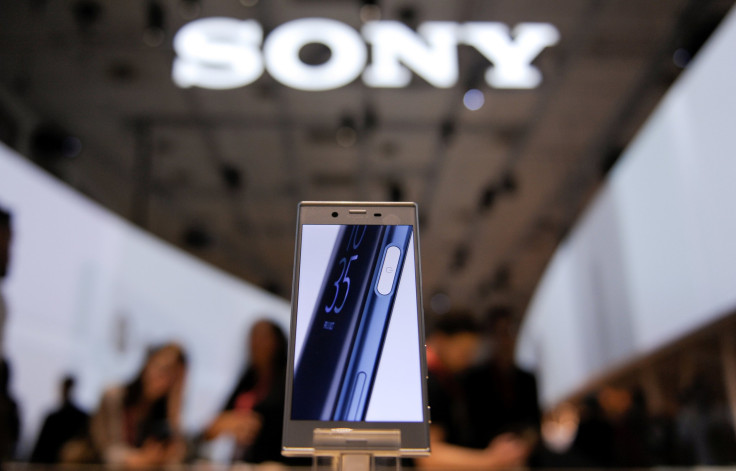Sony Xperia XZ vs Samsung Galaxy S7 Edge: Camera review and comparison [VIDEO]

The Samsung Galaxy S7 Edge is generally considered to be the best Android phone in the market, boasting of remarkable overall specs and top-of-the-line features. The Xperia XZ, on the other hand, may not be as popular as the South Korean giant’s flagship, but the powerful yet underrated device is Sony’s best mobile phone by far and it houses a set of excellent cameras, something the Japanese titan’s handsets are known for. Can the Sony flagship beat Android’s gold standard in a shootout? Read on and find out.
Samsung Galaxy S7 Edge – Camera specs and features
The Samsung Galaxy S7 Edge includes a 12 MP primary camera that comes with phase detection autofocus, OIS (optical image stabilisation) and LED flash. The flagship houses a wide 26 mm f/1.7 lens that allows significantly more light to be absorbed, which basically means that the Galaxy S7 Edge’s rear shooter can produce outstanding shots even in low light conditions.
Just like the smaller Galaxy S7’s camera, the S7 Edge snapper is boosted with Samsung’s Dual Pixel technology that allows every pixel on the image sensor house two photodiodes instead of only one. This makes the camera focus much faster. Resulting pictures are vivid and in-depth, displaying just the right amount of colour rendition.
With the Samsung flagship, white balance and colours are dependably accurate. Night shots are absent of noteworthy noise and are full of details. The front-facing 5 MP selfie shooter of the Galaxy S7 Edge sports a 22 mm f/1.7 lens and has features like dual video call and auto HDR. The Galaxy S7 Edge is able to produce hi-res 4K videos at 30 frames per second, ultra HD videos at 60 frames per second and first-rate 720p slow motion videos at 240 frames per second.
Sony Xperia XZ – Camera specs and features
Sony proudly says that the Xperia XZ “captures without blur.” The smartphone’s 23 MP main camera comes with 24 mm f/2.0 lens that has “advanced movement and colour capture.” It also has features like phase detection and laser autofocus plus LED flash.
Unlike the Galaxy S7 Edge, the Xperia XZ uses EIS (electronic image stabilisation) instead of OIS. Sony’s triple image sensing technology allows its handset to analyse, adapt and capture seamless shots in the most challenging of circumstances. It’s capable of producing excellent quality 4K videos at 30 frames per second and full HD videos at 30 and 60 frames per second.
The Sony Xperia XZ has a 13 MP secondary camera with 22 mm f/2.0 aperture that comes with HDR and 1080p video-recording capabilities. The phone is able capture moving objects and it delivers natural colours whether outdoors or indoors. The resulting images seldom need filters or added enhancements.
Samsung Galaxy S7 Edge vs Sony Xperia XZ: Camera comparison | ilFranz
RELATED STORIES:





















